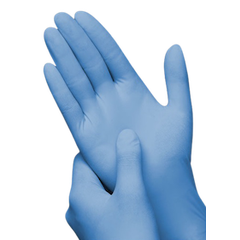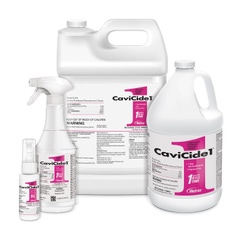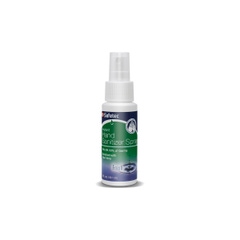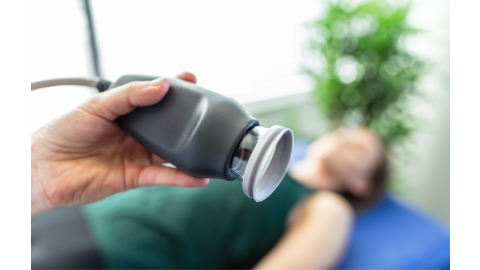Infection prevention and control are fundamental to protecting patients, healthcare workers, caregivers, and the broader community. Whether in a hospital, outpatient clinic, school, or home care setting, the principles of infection control remain the same: minimize the risk of transmission, protect vulnerable individuals, and promote an environment where safety and wellness are the priority. The Center for Disease Control and Prevention (CDC) has outlined comprehensive core practices that can be adapted to any setting. When implemented consistently, these measures safeguard both public health and the reputation of the organizations that adopt them.
Leadership Support Sets the Tone
The foundation of an effective infection control program begins with strong leadership. Leaders who model best practices, allocate resources, and actively support infection prevention create a culture where safety is non-negotiable. In a healthcare or educational facility, this means ensuring access to the necessary supplies for cleaning, disinfection, and personal protective equipment (PPE). Leadership’s commitment signals to employees, patients, and visitors that infection control is a shared priority.
Education and Training for All
Training is not just for healthcare workers—anyone in a shared space benefits from infection prevention education. The CDC emphasizes ongoing education for employees to reinforce correct hand hygiene techniques, proper PPE use, and environmental cleaning standards. This education should also extend to patients, clients, family members, and caregivers so they can participate in keeping shared environments safe. Simple strategies—such as providing illustrated handwashing instructions in restrooms or explaining cough etiquette during intake—can significantly reduce risks.
Patient, Family, and Caregiver Engagement
Infection control is most effective when it includes everyone who interacts with a facility. For healthcare environments, this means encouraging patients and families to speak up about symptoms, adhere to isolation precautions when needed, and participate in proper hygiene practices. In classrooms, students and parents can be educated about staying home when sick and using tissues or elbows to cover coughs and sneezes.
Standard Precautions Protect Everyone
Standard precautions apply to all settings, all the time. This includes meticulous hand hygiene, proper use of PPE, safe injection and medication practices, and routine environmental cleaning. Even if surfaces look clean, they may harbor infectious agents, so regular disinfection is essential. Cleaning soiled surfaces immediately, separating clean and dirty laundry, and disposing of single-use PPE after each use are simple yet critical steps.
Hand hygiene remains the single most important infection prevention measure. In medical settings, research and the CDC recommend washing hands or using alcohol-based hand rubs before and after patient contact, before aseptic tasks, after contact with bodily fluids, after removing gloves, and whenever hands are visibly soiled.
In non-medical environments, this translates to washing before eating, after using the restroom, after coughing or sneezing, and after contact with shared surfaces or objects. Making soap, running water, and alcohol-based hand rubs easily accessible ensures compliance is both possible and convenient.
Occupational Health and Wellness
Protecting the health of employees, especially those in healthcare, means adopting strong occupational health policies. This includes ensuring staff vaccinations are up to date, having clear sick leave policies, and encouraging employees to stay home when symptomatic. This approach minimizes the risk of transmission and ensures staff can recover fully before returning. Transparent communication channels for reporting illnesses help leaders make quick, informed decisions to protect everyone in the facility.
Transmission-Based Precautions When Needed
In addition to standard precautions, certain situations call for transmission-based precautions. For example, contact precautions for skin infections, droplet precautions for respiratory illnesses, or airborne precautions for diseases such as tuberculosis. These extra measures, when implemented promptly, prevent the spread of more contagious conditions and protect vulnerable populations.
Cleaning, Disinfection, and Emerging Technologies
Routine cleaning is a cornerstone of infection control. This includes scheduled environmental disinfection as well as rapid cleanup of spills or contaminated areas. Choosing EPA-approved disinfectants, following contact times, and ensuring cleaning staff are trained in proper techniques all make a difference. Newer technologies, such as ultraviolet disinfection systems, add another layer of protection by targeting microorganisms that traditional cleaning might miss.
A Culture of Safety and Collaboration
Infection control is most successful when it is a shared responsibility. Leadership provides resources and sets expectations, staff members follow protocols, patients and families participate actively, and everyone communicates openly. This collaborative culture makes infection control less of a checklist and more of an ingrained practice in daily routines.
Looking Ahead
The future of infection prevention is likely to include more advanced disinfection methods, digital monitoring of compliance, and integration of infection control into all safety policies and protocols. While tools and technologies will evolve, the core practices outlined by the CDC—hand hygiene, PPE, environmental cleaning, symptom monitoring, and education—remain timeless and universally applicable. By following these principles across all environments, from busy hospital wards to local classrooms, we can create spaces that are healthier, safer, and better prepared for whatever challenges come next.
Recommended Products for Infection Prevention:
References
- Center for Disease Control (April 12, 2024). CDC's Core Infection Prevention and Control Practices for Safe Healthcare Delivery in All Settings. https://www.cdc.gov/infection-control/hcp/core-practices/index.html
- Dimple, K., Badge, A. K., Ugemuge, S., Shivani, S. (2023). Importance of Hospital Infection Control. Cureus, 15(2). DOI:10.7759/cureus.50931
Medical Disclaimer: The information provided on this site, including text, graphics, images, and other material are for informational purposes only and are not intended to substitute for professional medical advice, diagnosis, or treatment. Always seek the advice of your physician or other healthcare professional with any questions or concerns you may have regarding your condition.

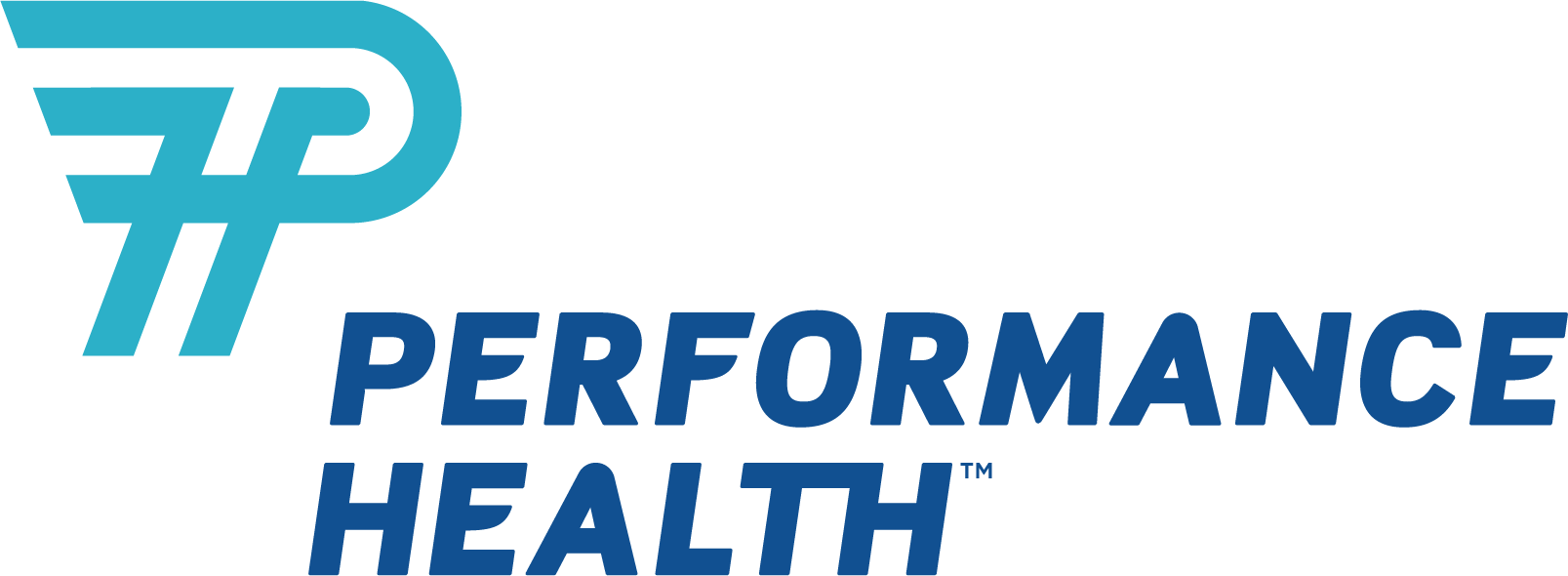






 France
France Australia
Australia


